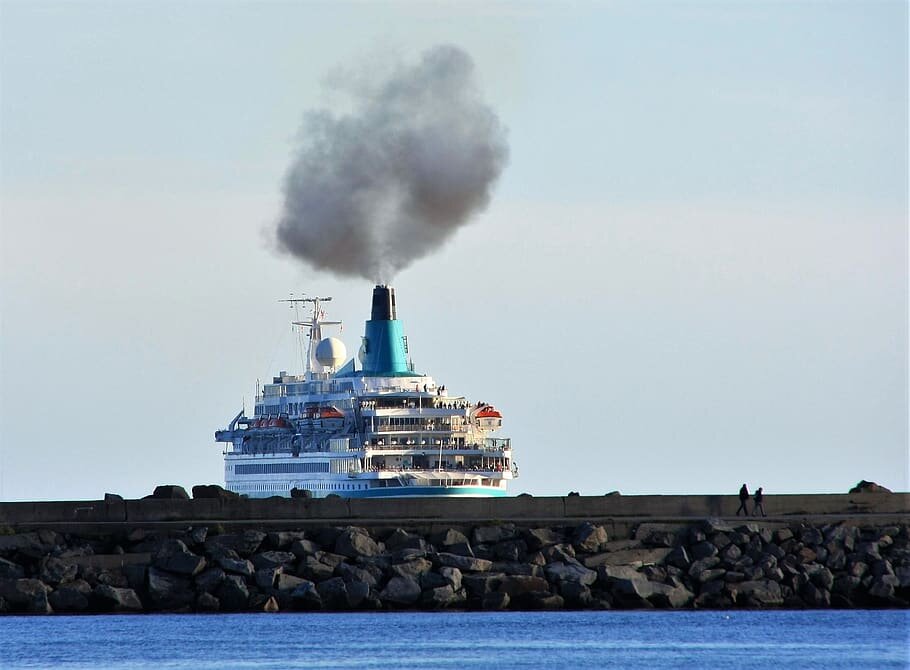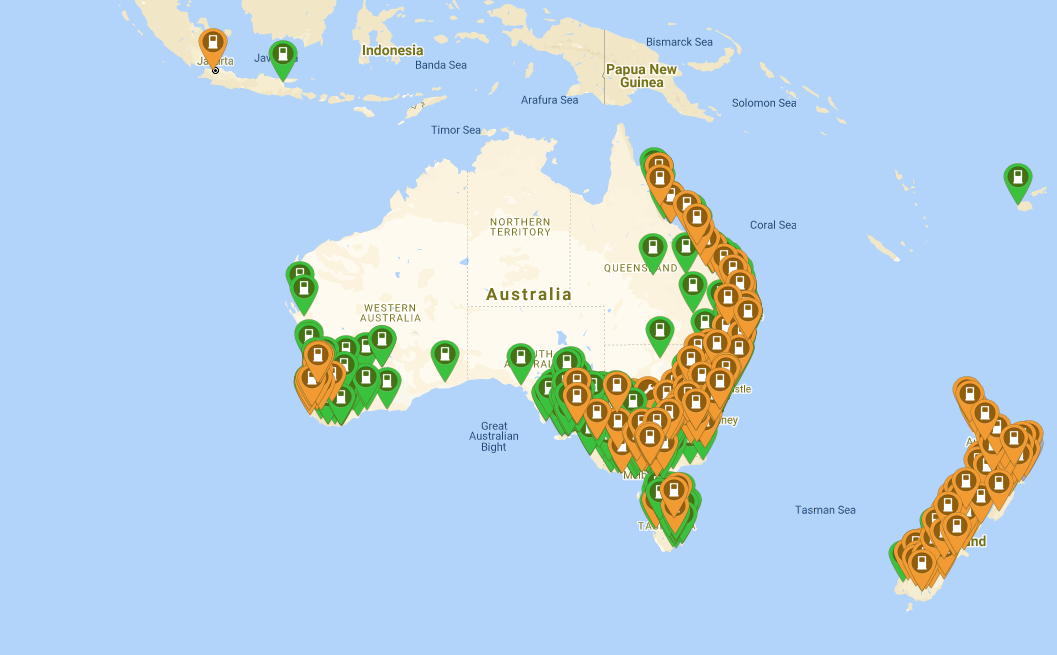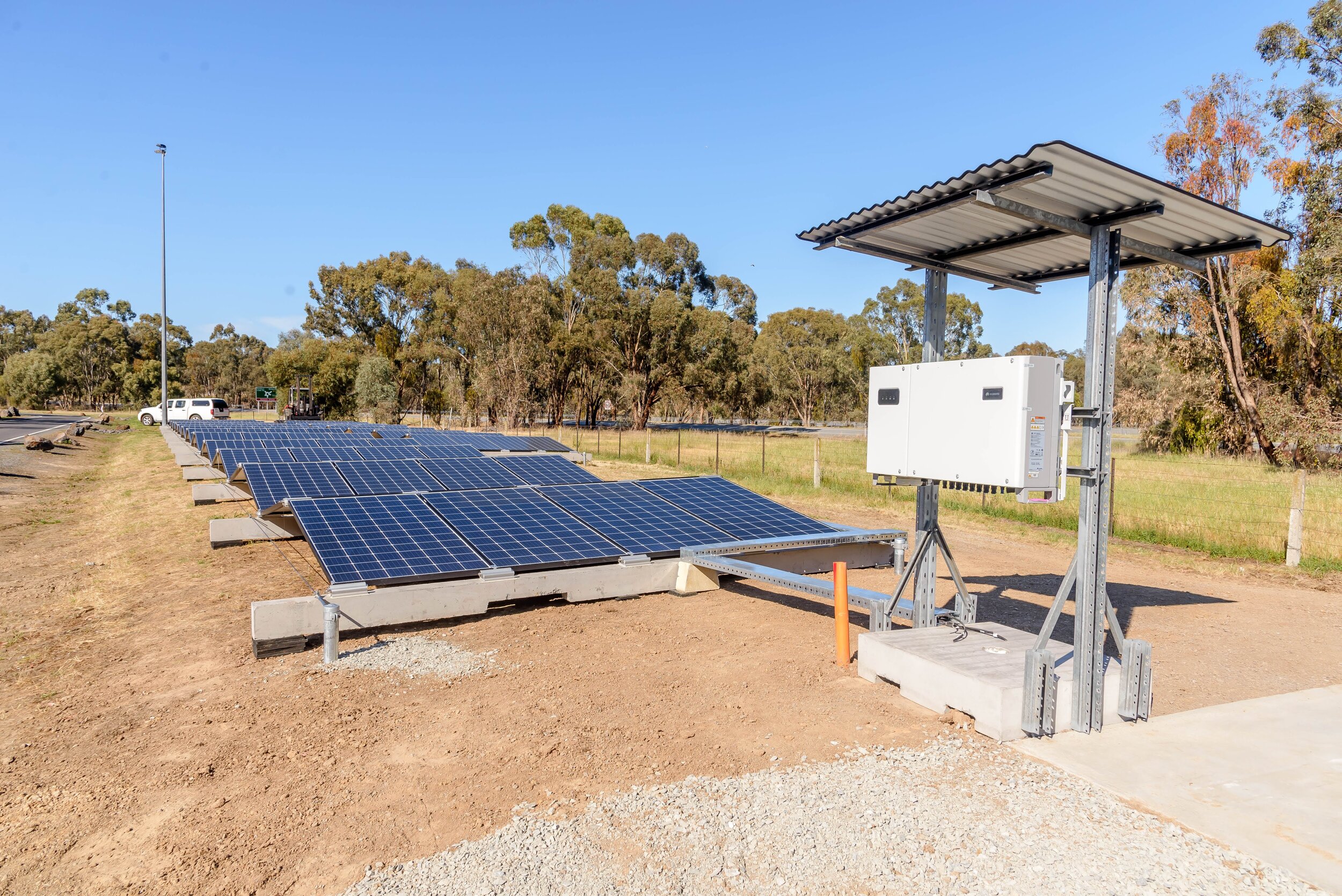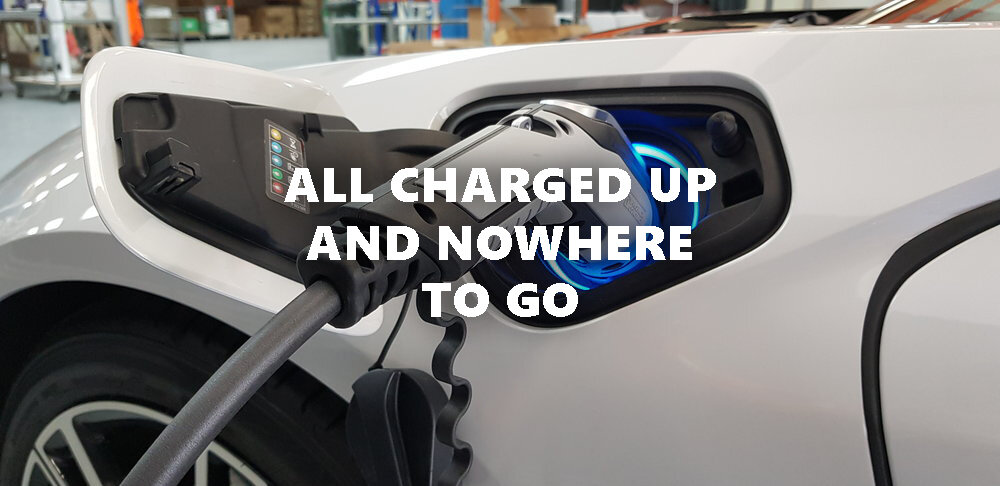Latest Articles

JET Charge raises AUD72M to step up Australasia’s transition to electric vehicles (EV)

Cruises pollute because it’s cheaper; so is electricity
The cruise industry is on its knees after a slew of (justified) criticism for its role in spreading the coronavirus. But even when COVID is over, these pollution-spewing behemoths will have more to answer for.

Why you can’t trust EV price comparisons
Want to compare the price of EVs around the world? You can try, but don’t expect it to be fair or accurate.

Australia’s best EV road trips
While we can’t set off just yet, there’s nothing to stop us planning our next expedition. We’re looking at some of the greatest and most accessible routes in Australia to head out in an all-electric road trip - and some tips to plan your own.

It’s not coronavirus, petrol prices were always unreliable
Oil goes up, oil goes down, electricity remains the same. Since oil prices crashed last month, there have been wild fluctuations at Australian bowsers. An unpredictable system has been exposed and the solution isn’t hard to find.

Smog-free cities are a look at the electric future
Stay-at-home restrictions are having predictable effects on people's driving habits and cities worldwide are seeing a noticeable boost in air quality. Is this what we can expect in a world of all-electric transport?

How EVs fit into WA’s clean energy plan
With solar, home batteries, and electric vehicle adoption all growing exponentially, electrical grids are facing all-new challenges this decade and the WA Government finally has a plan to deal with it. We dig through the reports to see what it means for West Australians and where EVs fit into the puzzle of future energy.

Should you leave your EV plugged in while isolating?
It’s an uncertain time and many EV owners aren’t driving as much as they usually would. We’ve collected the most important information on when, how, and if you should charge while isolating at home.

Factories closing — is anyone still making EVs?
Around the globe we’re seeing industries - including auto manufacturing - grind to a screeching halt as COVID-19 spreads. But not everywhere. Today on the JET Charge journal we’re looking at the closures, the future of transport, and the countries that are hanging in there to keep pumping out EVs.

